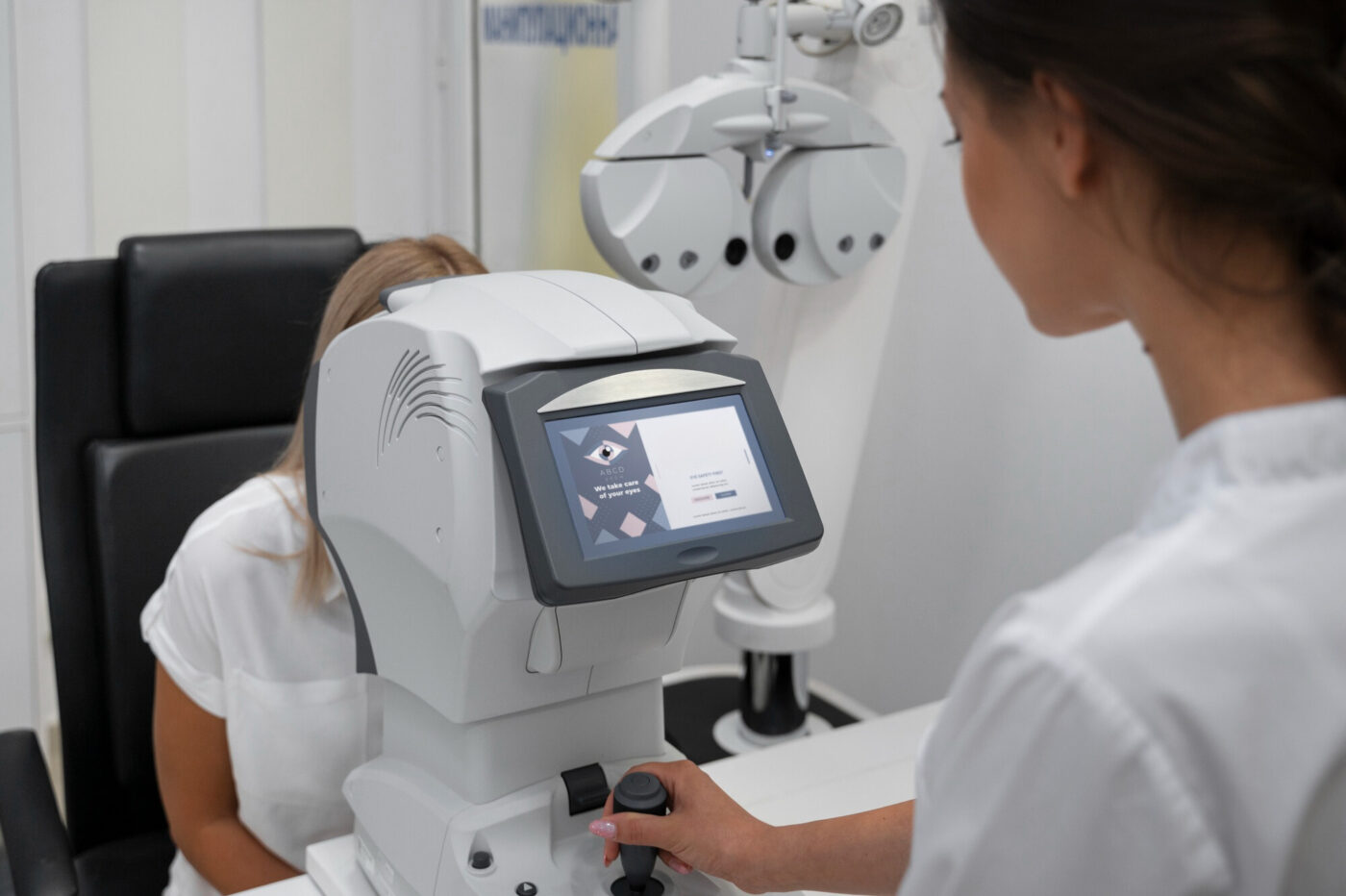LASIK (laser-assisted in situ keratomileusis) surgery is a revolutionary procedure that transforms lives by correcting refractive errors such as nearsightedness, farsightedness and astigmatism. With a remarkable success rate, LASIK offers the promise of long-lasting freedom from glasses and contacts. However, for a small percentage of patients, vision may shift slightly over time, or residual refractive error might remain unaddressed during the initial procedure. This is where LASIK enhancement steps in, providing an effective option to refine vision and recapture the exceptional clarity achieved with the first LASIK surgery.
Understanding LASIK Enhancement: When is it Necessary?
LASIK enhancement, also known as a LASIK retreatment, is a precise laser vision correction procedure designed to address residual refractive errors or minor vision changes that may occur after the initial LASIK surgery. These changes can stem from:
- Natural fluctuations in vision: As we age, our vision can naturally change. LASIK enhancement can rectify these age-related adjustments.
- Under correction or overcorrection: While uncommon, the initial LASIK procedure might not fully correct the refractive error, leaving some residual prescription. LASIK enhancement can fine-tune the correction for optimal results.
- Healing variations: The corneal tissue’s healing process can influence the final LASIK outcome. LASIK enhancement can address these variations and ensure the desired vision correction.
It’s important to note that LASIK enhancement is not a routine procedure. Generally, ophthalmologists recommend waiting for your vision to stabilize, typically around one year after the initial LASIK surgery.
Are You a Candidate for LASIK Enhancement?
Determining candidacy for LASIK enhancement requires a comprehensive evaluation by your ophthalmologist. Key factors considered during the evaluation include:
- Corneal thickness: The cornea is the dome-shaped transparent layer at the front of the eye. Adequate corneal thickness is crucial for safe LASIK enhancement procedures.
- Stability of your vision: Your eye doctor will assess whether your vision prescription has remained stable for at least a year after the initial LASIK surgery.
- Overall eye health: A thorough examination ensures your eyes are healthy and free of any conditions that might contraindicate LASIK enhancement.

The LASIK Enhancement Procedure: Reclaiming Visual Freedom
LASIK enhancement is a minimally invasive procedure similar to the initial LASIK surgery. During the procedure, your ophthalmologist will likely utilize the same advanced laser technology to refine the corneal shape and achieve the desired vision correction. The specific details of the procedure will vary depending on your individual needs and the goals of the enhancement.
The Advantages of LASIK Enhancement
LASIK enhancement offers a multitude of benefits for patients who experience vision changes after LASIK surgery. These advantages include:
- Improved vision: By addressing residual refractive errors, LASIK enhancement can significantly improve visual clarity and reduce dependence on corrective lenses.
- Enhanced quality of life: Regaining sharp vision can significantly enhance your daily activities, from driving and reading to participating in sports and hobbies.
- Minimally invasive procedure: LASIK enhancement is a quick and efficient outpatient procedure with minimal discomfort and a relatively short recovery time.
- Long-lasting results: While not guaranteed, LASIK enhancement can provide long-lasting vision correction, reducing the need for future procedures.
LASIK Enhancement: Partnering with Your Ophthalmologist for Optimal Vision
LASIK enhancement is a valuable tool for patients who seek to refine their vision after LASIK surgery. By scheduling a consultation with your ophthalmologist, you can explore candidacy, discuss the procedure’s details, and determine if LASIK enhancement is the right choice for achieving your vision goals. Remember, a successful LASIK enhancement hinges on a thorough evaluation, advanced technology, and the expertise of a qualified ophthalmologist.
Categories:



